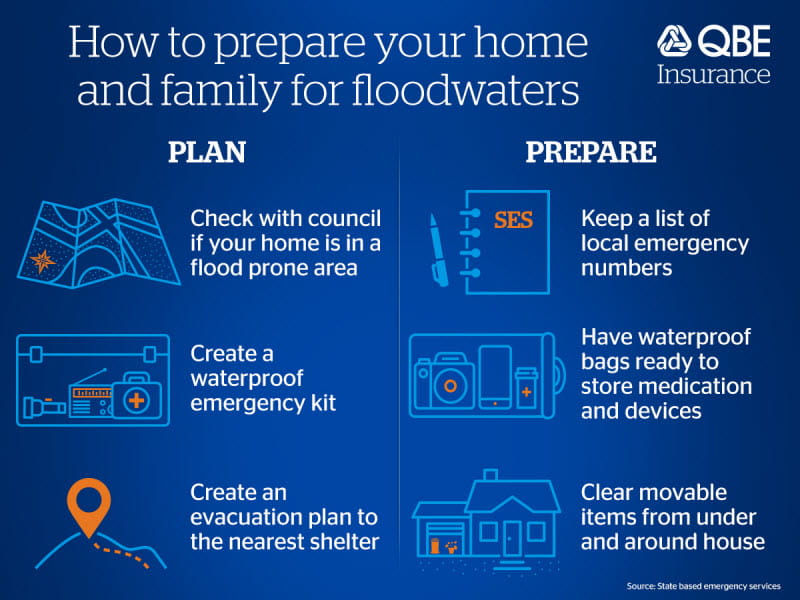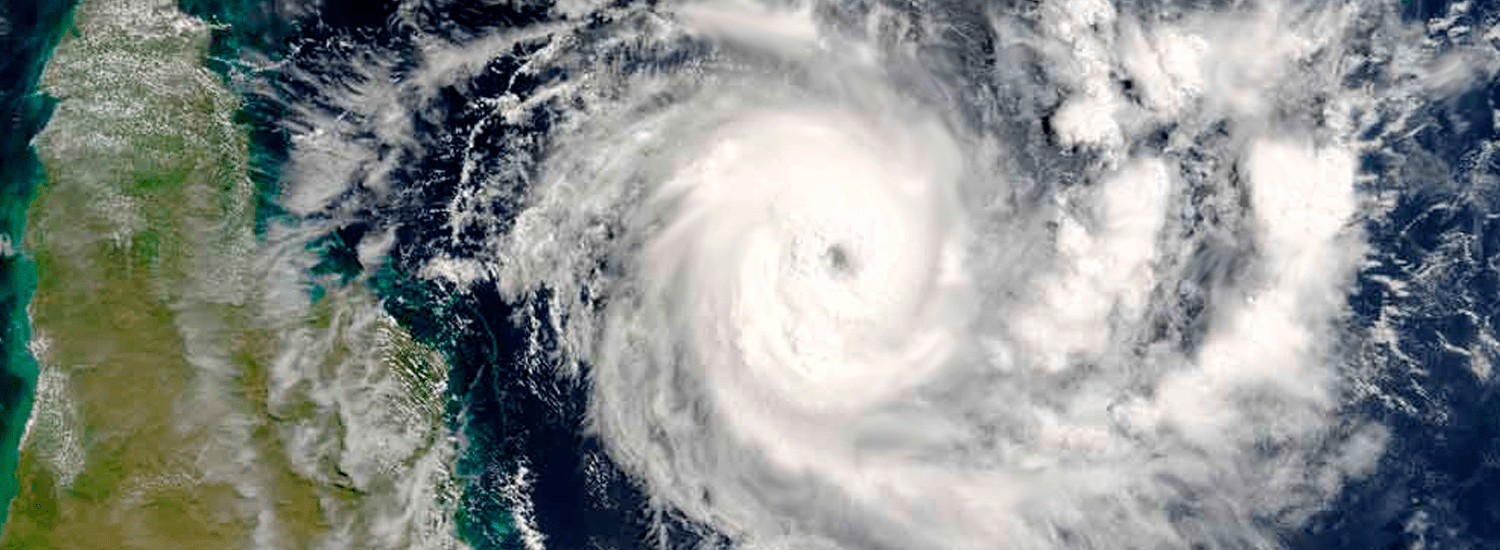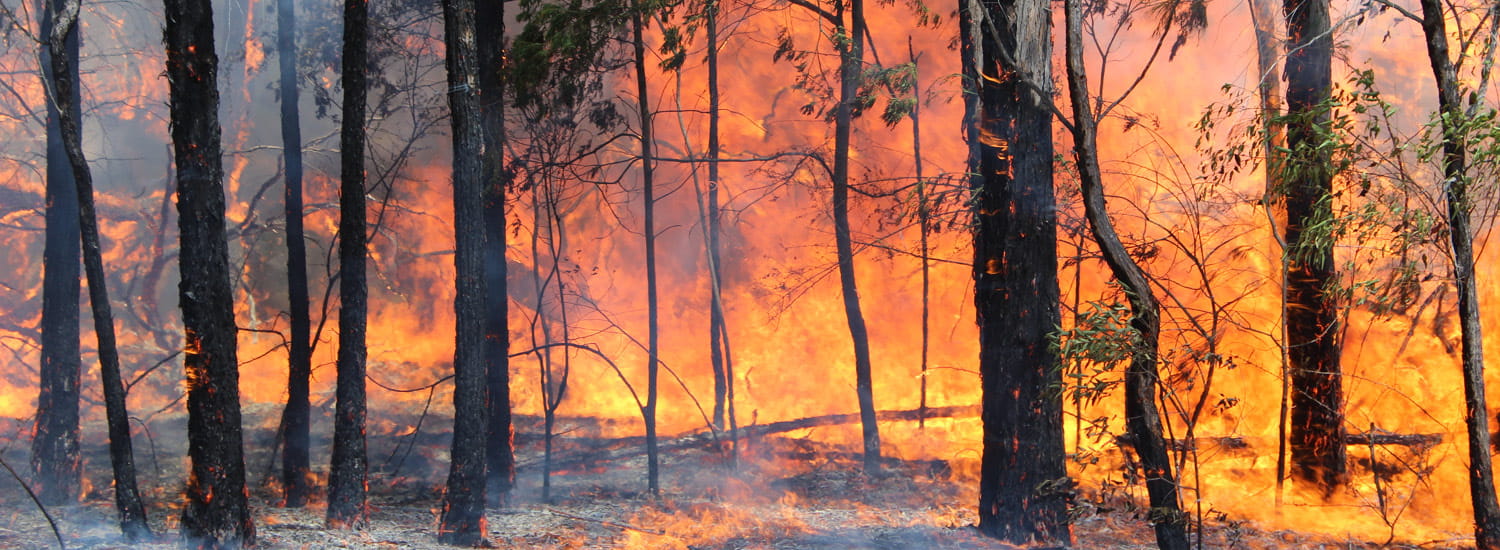How to prepare your home for a flood
This article is intended as a general guide only. You should consult your state emergency services for further information.
If you live near a water source it’s important to know how to prepare for a flood. Floods can threaten life and damage property so it’s crucial to understand how to minimise their impact.
Floods occur when a water source overflows, inundating the surrounding area, The Bureau of Meteorology (BOM) explains. Typically heavy rainfall, often in another region or sometimes even another state, causes rivers, dams or major stormwater drains downstream to overflow. In low-lying regions the resultant flooding can cut off towns, houses and livestock. Where the terrain is steep there is a risk of flash flooding, when the water rises rapidly and moves fast.
The BOM issues flood warnings through Flood Warning Centres and Regional Forecasting Centres in each state and the Northern Territory. These range from a Flood Watch to Flood Warning, to Severe Weather Warning.
You can prepare for a flood by realistically assessing your level of risk. Start with the council and state emergency services in your area. These organisations will provide information on when floods have occurred, the extent of the risk, and the location of the catchment closest to your home. If your home is in an area that is at risk of flooding it’s a good idea to check if your insurance covers your property, including vehicles. If you own or live in a caravan, be aware they float in relatively shallow water.
Flood response plan
Knowing what to do makes it easier to cope during an emergency. Here are some practical Department of Emergency Services suggestions to ensure you are prepared.
When a warning is issued take these flood precautions:
- roll up rugs and move furniture and electrical items to a higher level
- secure large items such as fridges or freezers to prevent them floating
- elevate your household goods with electrical items on top
- block toilets and floor drains with sandbags to prevent sewage back-up
- seal valuables, documents and medical supplies in waterproof bags
- have an evacuation plan for your family and pets
- put together an emergency kit.
Flood emergency kit
Keep your flood emergency kit in a handy location and in a waterproof container. State emergency services advise, including the following things you need in a flood:
- portable radio and spare batteries
- torch and spare batteries
- first aid kit
- candles and waterproof matches
- required medications
- warm clothing and sturdy footwear
- food and clean drinking water.
"Be sure to have supplies of fresh or bottled water in your flood kit as your local or town water supply may become contaminated," advises Arron Mann, QBE General Manager, Short Tail Claims. "A supply of preserved or canned foodstuffs is also a good idea as you could get cut off for several days."
Flood safety tips
Know who to call and where to go. Have a list of emergency numbers as part of your kit. Ensure your family knows the drill so you can evacuate early rather than waiting until it’s too late. Do not delay. Stay in contact with neighbours and let them know your movements.
"If you are unsure about your safety, head to your local flood emergency shelter," Arron says. "Contact the SES (132 500) or the Red Cross if you don’t know where your local emergency shelter is."
"Decide on your route to safe ground in advance. Stick to your flood emergency plan unless advised otherwise by emergency services." And, adds Arron, "Never drive through flooded roadways or crossings."
Always remember that floods, especially fast-moving flash floods, can be extremely dangerous. Make safety your primary objective.










